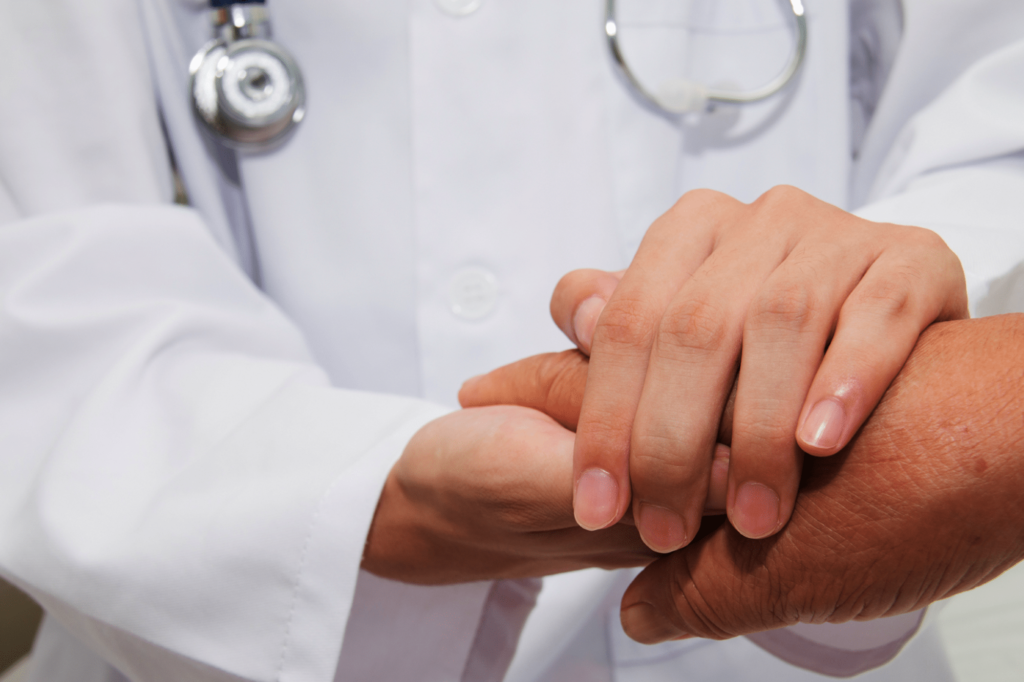Healthcare facilities are essential spaces where patients seek treatment and recovery, and it is critical that these environments are safe and secure for both patients and staff. From preventing infections to ensuring physical security, safety in healthcare facilities encompasses a wide range of practices, protocols, and preventive measures. This guide explores how healthcare administrators and facility managers can navigate the complexities of healthcare safety while building a secure and supportive environment for all who enter.
1. Establishing Comprehensive Safety Protocols
The cornerstone of any secure healthcare facility is a set of well-defined safety protocols. These protocols must be tailored to the specific needs of the facility—whether it’s a hospital, clinic, nursing home, or specialized care unit—and should address both clinical and non-clinical safety concerns.
Infection Control
One of the most critical aspects of healthcare facility safety is infection control. In hospitals and healthcare environments, controlling the spread of pathogens is essential to ensuring patient and staff safety. Practices such as proper hand hygiene, the use of personal protective equipment (PPE), and sterilization of medical tools and surfaces are fundamental in infection prevention.
Emergency Preparedness
Healthcare facilities must be prepared for various emergency scenarios, including natural disasters, fires, and medical crises. Comprehensive emergency plans should be in place, including evacuation routes, medical response teams, and backup systems for power and water. Regular drills should be conducted to ensure all staff members are familiar with emergency procedures and can act quickly when needed.
Patient Safety Protocols
Preventing medical errors is vital in providing quality care. Implementing safety protocols like double-checking medication orders, using barcoding technology for patient identification, and employing safety checklists for surgeries can significantly reduce errors.
2. Physical Security Measures
Security in healthcare facilities goes beyond just clinical safety; it extends to physical security measures that protect both patients and staff from harm. Hospitals and clinics are often open to the public, which can make them vulnerable to a variety of security threats, including unauthorized access, violence, and theft.
Access Control
One of the first steps in securing a healthcare facility is controlling access to sensitive areas. Installing access control systems, such as keycards, biometric scans, or security codes, ensures that only authorized personnel can enter restricted areas like operating rooms, pharmacies, and storage rooms for medical supplies.
Surveillance Systems
The use of security cameras throughout the facility helps monitor activity and deter potential threats. Surveillance can cover high-traffic areas like lobbies, hallways, and parking lots, as well as more sensitive locations such as emergency rooms and patient rooms. Properly trained security personnel should monitor the footage and respond to suspicious activities promptly.
Training for Staff and Visitors
Educating both staff and visitors about the importance of safety and security within the facility is essential. Staff should receive training on how to identify and respond to threats such as workplace violence, suspicious packages, or unauthorized visitors. Clear signage throughout the facility can also help guide visitors and prevent confusion that could lead to accidents or security breaches.
3. Ensuring Mental and Emotional Well-being
A safe healthcare facility is not only one that physically protects patients and staff but also one that fosters a positive emotional and mental environment. Stress, anxiety, and fear are common in healthcare settings, and these factors can negatively affect patient care and staff performance.
Mental Health Support
Healthcare workers often experience stress and burnout, particularly during busy periods or challenging medical cases. Offering mental health support and counseling services for staff members is crucial to maintaining a healthy workforce and ensuring that they can provide high-quality care.
Patient-Centered Care
Ensuring that patients feel comfortable and respected within the healthcare environment is also an important part of safety. Training staff to provide compassionate and empathetic care, as well as maintaining a supportive environment, can help reduce patient anxiety and improve overall outcomes.
Creating Calm Spaces
The design of healthcare facilities can also contribute to emotional well-being. Natural lighting, comfortable waiting areas, and calming colors can create a less stressful atmosphere for both patients and visitors. Providing quiet rooms for reflection or relaxation can also be beneficial, especially for patients dealing with serious or chronic health issues.
4. Regular Safety Audits and Assessments
Building a secure healthcare facility requires constant vigilance and a commitment to ongoing improvement. Regular safety audits and assessments are vital to ensuring that the facility continues to meet the highest standards of safety. These audits should cover all aspects of the facility, from infection control measures to physical security and emergency preparedness.
Identifying Risks
A safety audit conducted by a facilities management consultant helps pinpoint potential risks or vulnerabilities that may have been overlooked initially. For instance, the review might reveal areas where enhanced security measures or additional safety training are necessary. By conducting regular assessments, facilities can proactively address these issues before they escalate into larger problems.
Engaging Staff and Patients
Involving staff and patients in the safety audit process can provide valuable feedback. Employees who work in the facility daily can offer insights into areas that need attention, and patients can provide input on their experiences, helping administrators understand where improvements may be necessary.
5. Embracing Technology for Enhanced Safety
Technological advancements have greatly enhanced the ability to maintain safety in healthcare facilities. From advanced patient monitoring systems to smart building technologies, the use of technology can improve security and safety measures.
Patient Monitoring Systems
Many healthcare facilities now use advanced monitoring systems that track patient vitals in real time, allowing for quicker interventions in case of an emergency. This technology can also alert medical staff to changes in a patient’s condition before a serious issue arises, potentially saving lives.
Automation in Safety Protocols
Automated systems can help streamline safety protocols. For example, automated medication dispensers can reduce the risk of medication errors, and digital checklists can ensure that procedures like sterilization and cleaning are done according to protocol.
In Conclusion
Building a secure healthcare facility requires a multifaceted approach that includes establishing comprehensive safety protocols, implementing robust security measures, prioritizing the mental and emotional well-being of staff and patients, and continually assessing and improving safety practices. By embracing a culture of safety and remaining vigilant to potential risks, healthcare facilities can create environments that protect both patients and staff while fostering high-quality care and positive outcomes.





